The most notable thing I did for this objective was my decision to turn my second hive into a foundationless-frame hive to keep all plastic away from this colony of bees. Susan Knilans inspired me during her lecture at the end of Week 5. I read blogs from other beekeepers who had tried different forms of foundationless frames inside empty Langstroth style boxes. For mine, half of my frames had one to two popsicle sticks glued at the top of the frame to be used as guide strips, and the other half had no popsicle sticks.
I also visited many apiaries to see how other beekeepers were caring for their hives. The practices that alarmed me the most were some of the mite treatments that beekeepers were using. These chemicals had labels like “keep away from humans” and “not for human consumption.” I believe that it is ill-advised to treat animals and insects with ‘medicines’ that are lethal to humans in small amounts. However, I was of course grateful for the opportunity to see how some people believe beekeeping should be done
For this objective I taste honey wherever I went. I especially liked tasting honey straight from broken comb as the sounds of the bees melted around me like the sugar syrup melted into my tongue. The three honey jars in the photo on this slide was one of only two planned tastings. All About Bees sells many different kinds of edible and apitherapy skin products. These three honeys all had a vast contrast of colors and tastes. From left to right, they were citrusy, mellow and floral, and musky.
For the second tasting experiment, I baked two rhubarb pies. With rhubarb from the garden, I baked one with honey, and another with white sugar. I compared the sweetness and concluded that the effects were very different, but all in all, the baker’s choice of sweetner is best decided from preference.
I read a A Spring Without Bees by Michael Schacker to learn about pesticides and food policy. This was my favorite book and I learned and incredible amount.
For my field study, I went home to Nebraska. I liked the idea of study terroir in the place that I grew up because I think that one’s place of origin has a large effect on how one tastes. The two hives I looked after are in Blair, NE and some of the apiaries I visited were in Council Bluffs. One of the most convenient apiaries was the learning apiary in Omaha. It is new this spring and is cared for my the Omaha Bee Club.
This is an example of the log I kept each week for class. Each week I needed to complete 40 hours of work.
Each week I posted a few posts to update on my experiences and thoughts working with the hives. During Week 6, I primarily visited other apiaries and went to a class about bees and events sponsored by Omaha Bee Club. During Week 7, I spent the majority of my time preparing for the second colony to arrive and researching and implementing ideas to create the foundationless frame hive. During Week 8, I focused on taste and local food. I also continued going to Bee club events and at the end of the week I went to a workshop on queen rearing. During Week 9, I had a heavy week of researching and learning about industrialized agriculture and its affects on the bees. During Week 10, I created this presentation and completed last minute writings for posts and created the final video.
The photos on the next two slides are screen-grabs from my Instagram account that was linked to my blog site. I posted about 2-3 photos a week with captions as well as uploading different photos onto many of the posts that wrote every week. Instagram is an easy tool, but I preferred uploading photos to posts as opposed to using social media. But I do see the benefit of using social media for photos for those that are in places with limited access to technology.
I did not have much experience working with video production before this class, but I greatly enjoy it and want to continue studying film in the future. For my location video, I used the sound of my bees and footage I took on the farm that my apiary is located. I spent the most time there and wanted to convey the sense of place as experienced by the bees. The foundationless-hive video I produced was not required, but I made it to show the set-up process of the foundationless frame hive. The project summary video was challenging for me to make because I had such a specific vision. I used a voiceover, music, the buzzing of my bees from the location video, and a large portion of footage from the entirety of the ILC. Although this last video is complete, I will probably end up going back and making a director’s cut to satisfy the vision I saw when starting it.
This is the first quarter that I truly understood how Zotero works and I absolutely love it. This is a screen-grab from the pop up window I used to save links to Zotero. The links would then appear on my blog thanks to small bits of code embedded on the resources page on my blog. I don’t believe I learned anything groundbreaking from Zotero because I am still new with using it, but I do like how easy it is to access articles that have been saved.
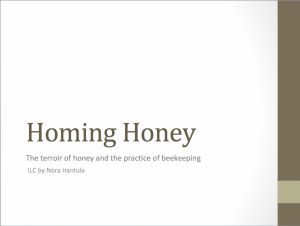

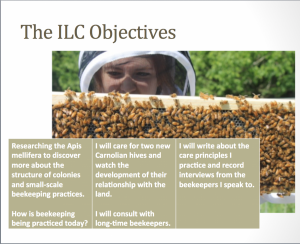


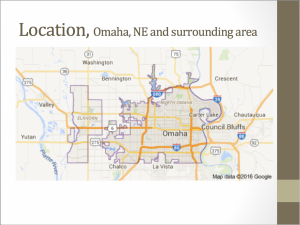


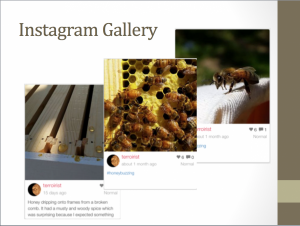

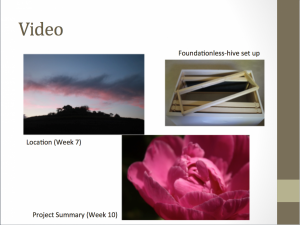




Leave a Reply